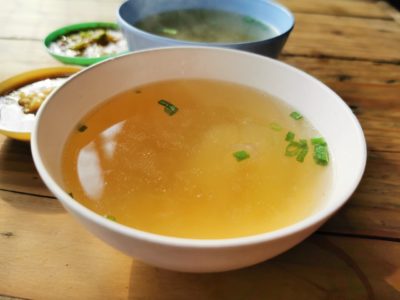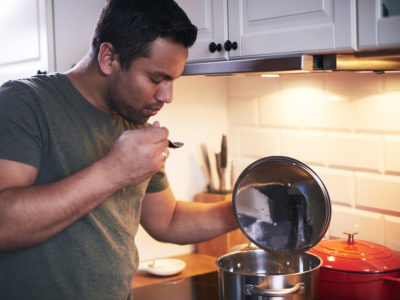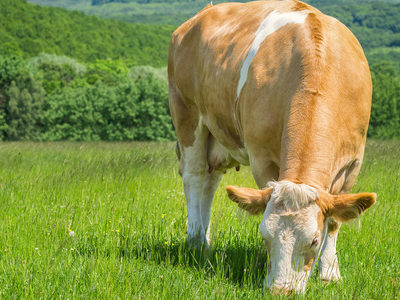There’s a very specific reason that Americans have embraced Asian-inspired soups and ramens as a growing trend in restaurant food – their broths just aren’t your mother’s chicken noodle soup.
Chinese, Japanese, and Korean soups frequently use bone broth as their base because in ancient Chinese medicine, bone broth was believed to fuel kidneys and heal the digestive tract.
And in ancient Hebrew cultures, Maimonides touted chicken bone broth soup as a powerful healer, earning it the nickname “Jewish penicillin.”
Hippocrates himself believed in its healing power, as did ancient South Americans, serving us the proverb “a good broth can resurrect the dead.”
Although there are other, non-meat alternatives to bone broth with plenty of health benefits (see: mushroom broth), each is virtuous in its own way!
And in today’s hyper-industrialized convenience culture, it’s likely that you’ve seen bone broth popping up in your grocery stores or listed as ingredients in restaurants.
The trick is…
Not all broth is bone broth. And not all bone broth is made alike.
There are two real metrics by which we can measure the potency of a decent bone broth:
- Type of bones used
- Length of simmering
Let’s dig a little deeper into the power of bones…
Type of Bones Used
We’re busy… right? That’s what we all say, all the time. So if we find the time to make bone broth at all, it’s likely that we’re not adding the extra time to source the right kind of bones. Most of us don’t understand why that’s so important.
Here’s why.
If you’re using the bones that have already been cooked (like leftovers from rotisserie chicken), or bones that have little cartilage and few tendons and ligaments, you’re not getting the benefits from collagen.
For a good mix of meaty, fatty, and nutritional bones with plenty of cartilage, you want to use knuckles, oxtails, joints, feet, marrow bones, patella, and femur bones.
Younger animals contain a lot of cartilage, so people often like to use veal bones for especially nutrient dense broth.
When cooked for a long time (10 hours at least) at low temperatures (ideally 130º), the marrow, collagen, and amino acids from the bones and ligaments seep into the water and transform it to broth.
You’ll want to go light on aromatics (maybe one to two onions, several celery stalks, a few chunks of carrots and garlic) and pay special attention to the way you treat the bones.
Blanch first in an aggressive boil for about 20 minutes. Then, roast the bones on high, 450º, for about a half hour. That caramelizes all the good bits and enhances flavor.
But if you don’t have the time to do all that, source a good company doing the work for you.
Like Kettle & Fire.
Why Kettle & Fire
Nick and Justin, two brothers raised by a mom who made them chocolate zucchini cakes as kids, grew up health-conscious.
And they saw a huge opening in the market for a real, quality, innovative bone broth that met several standards…
- USDA approved grass-fed, no-hormone, no-antibiotic bone broth
- Broth in safe, recyclable, natural packaging
- Broth made from the right bones to pack the strongest nutrient punch
- And most importantly… packaging that will ensure “bone broth won’t spoil, even at room temperature, without any additives, preservatives, or extra sodium.”
So… they made it!
Their broth, chicken or beef, lasts for two years on a shelf, kept at room temperature. It took them one year and a six million dollar investment in their unique packaging to release their product onto the market…
Where it was received with 15,000 positive reviews.
These are important times. Businesses everywhere are suffering. Some are better equipped to survive this storm than others.
The ones that should survive are the ones that implement a top-down approach to participating in this world with a conscience – the ones the most committed to transparency, to providing safe and healthy products, to considering their impact on the environment with every step.
Fire & Kettle’s bone broth itself is made with only organic and grass-fed products. Their operation is small. Their packaging is made from wood fibre, sourced from responsible forest management and stamped with the seal of the FSC to approve it.
If you’re voting for your gut, and voting with your dollar, (and don’t feel like making your own bone broth), Fire & Kettle deserves the bid.
You May Also Like…





